Music & Concert Tour To Romania
Sink your teeth into Romanian myths, music and legends and enjoy a music tour in its stunning landscapes and rich history.
Highlights
Performing in professional Concert Halls in Sibiu or Brasov
A visit to Dracula’s Castle
The legends, myths and folklore of Transylvania
Vibrant Bucharest, the Little Paris of the East
Malton SchoolThank you for all of your help with our Italy trip, it was fab and went really well!
Suggested itinerary
What's included*
*Excursion fees may not be included in this tour – please contact us to learn more.
Recommended excursions
Founded by the German Saxons in the 12th century, Sibiu has kept its wonderful Old Town with colourful houses and large squares. It was chosen as European Cultural Capital City in 2007. Start exploring on the Large Square, where you can admire the Catholic Church and the Brukenthal Palace. Then continue with the Small Square, the Liar’s Bridge and Huet Square
King Carol I of Romania visited the area in the 1860s and loved the scenery so much that he commissioned the construction of a castle here. Completed in 1883, the Castle used to be the Royal family’s summer residence until 1947. It contains 160 rooms show-casing fine European art, Murano crystal chandeliers, stained glass windows and leather-covered walls.
Brasov was the most important economic, political and cultural centre of Transylvania during the Middle Ages. The Black Church – the largest Gothic church between Istanbul and Vienna – is a must see. On the Town Hall Square you can also see the 15th century Old Town Hall and the hidden Orthodox Church. Some of the defence towers, like the White and the Black Tower are now open for tourists.
Bucharest, Romania’s largest city and capital, is today a bustling metropolis. According to legend, it was founded by a flute-playing shepherd named Bucur, whose name means “joy.” The city earned the nickname of Paris of the East in the early 1900’s thanks to its Belle Epoque buildings, its large boulevards and love for the high life. There is even a Triumphal Arch as in the French Capital.
According to popular belief, Bram Stoker based his fictional Dracula’s Castle on a description of Bran Castle he saw in Charles Boner’s book on Transylvania. Built in 1388, this medieval castle was used as a customs’ house and later belonged to the Royal Family.
Stroll along UNESCO World Heritage cobbled streets, admire nine medieval towers, visit the Church on the Hill, the Dominican Monastery and the XIII century Venetian House. See the Clock Tower where the city’s treasures were kept. And of course, do not miss the house of Vlad Dracula, who was born here and who was the inspiration for Bram Stoker’s fictional character, Count Dracula.
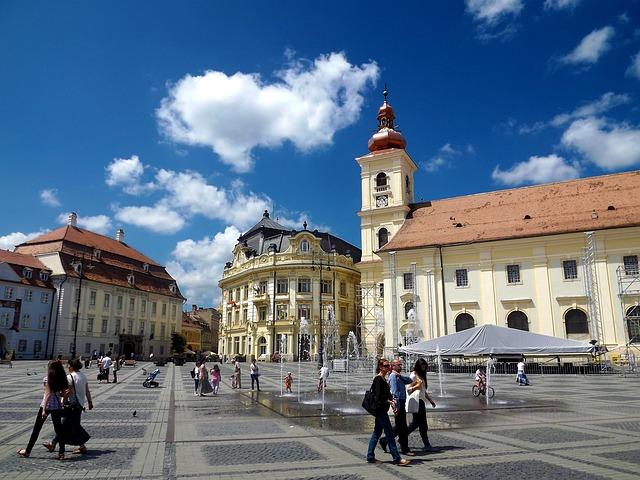
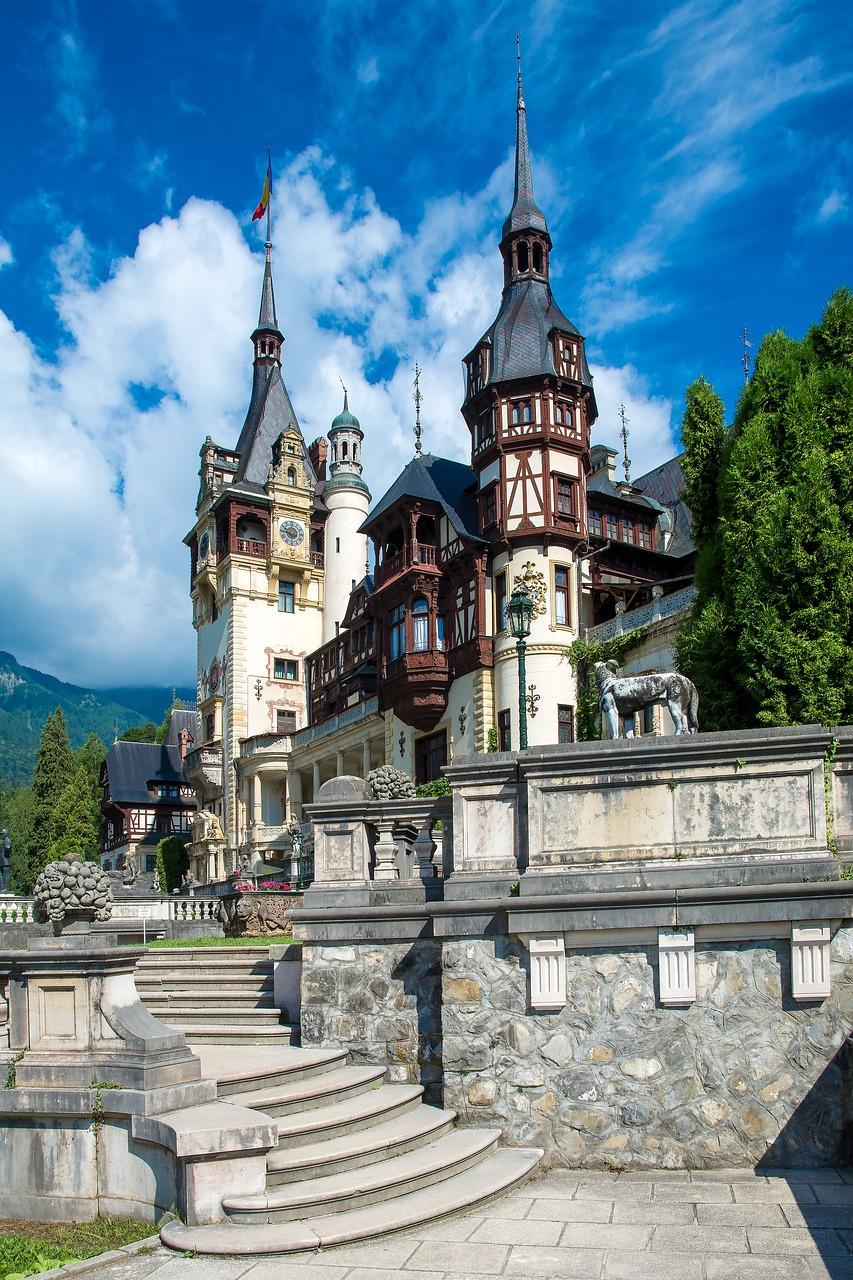
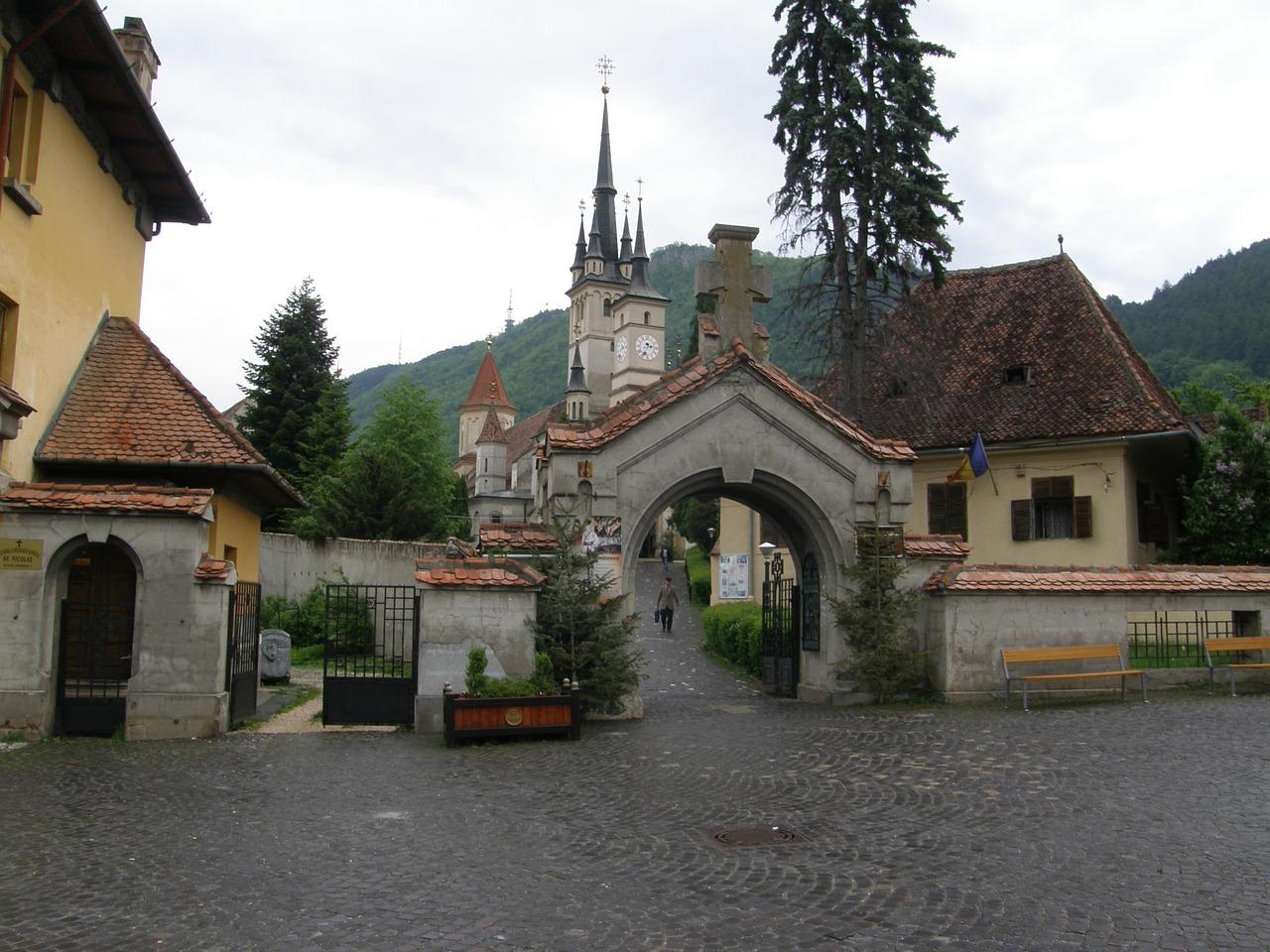
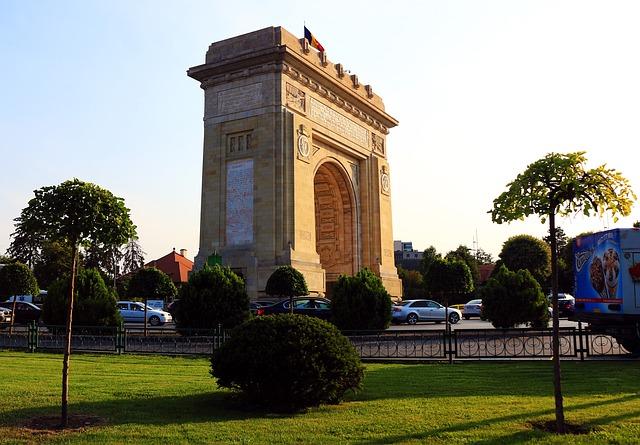
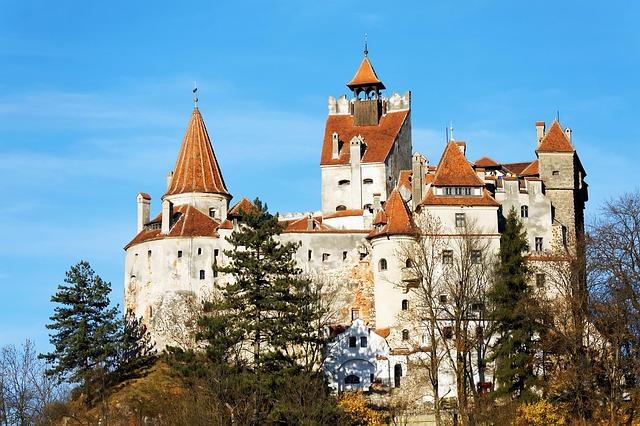
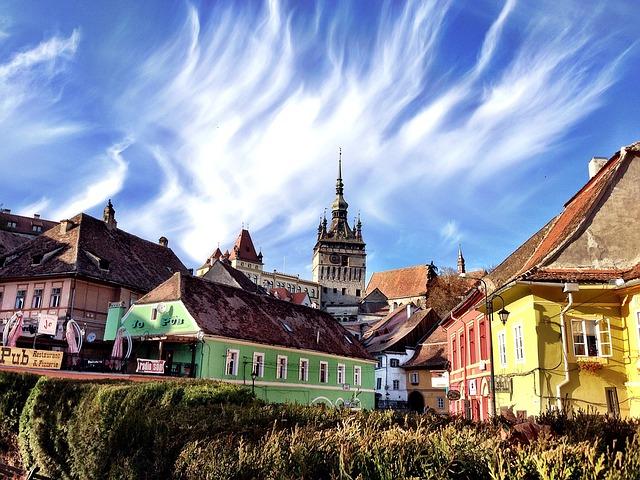
Performance venues




Typical accommodation
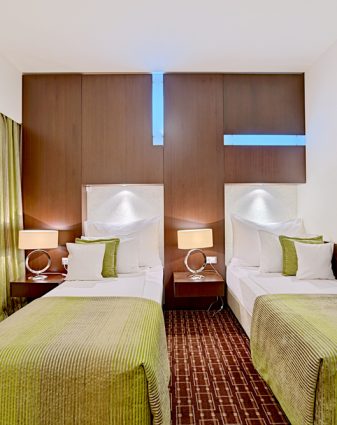
What groups like:
Facilities:
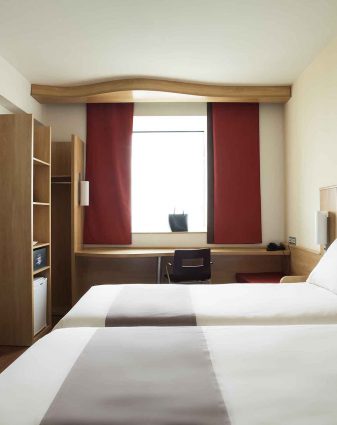
What groups like:
Facilities:
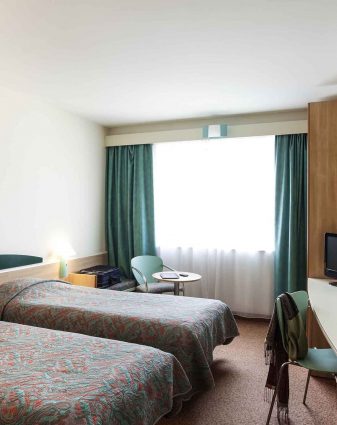
What groups like:
Facilities:


